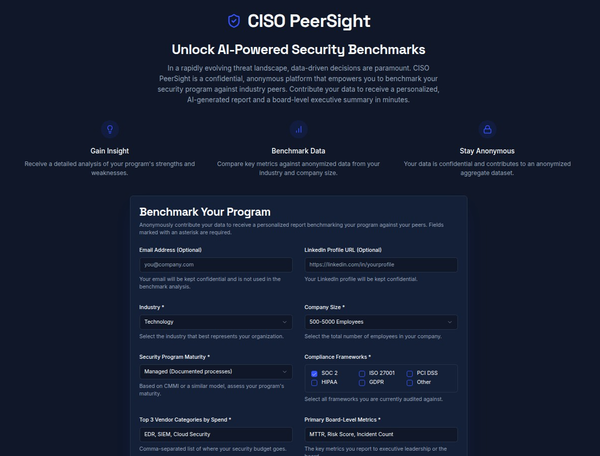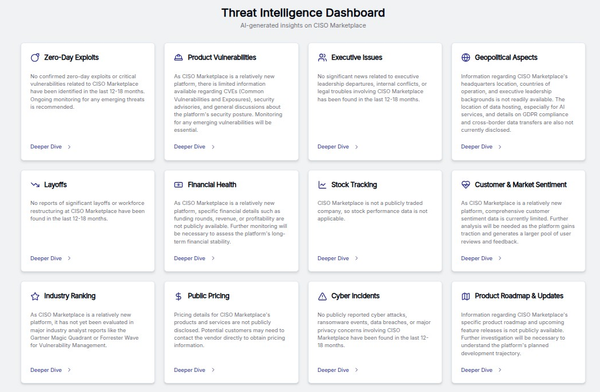The Surge in AI-Enhanced Cyber Threats

Cyber attacks on businesses continue to escalate in 2025, with global organisations experiencing an average of 1,925 incidents per week in Q1, which is a 47% increase compared to the same period last year, according to Check Point research. This dramatic increase coincides with the widespread adoption of AI technologies by threat actors.
AI-powered cyberattacks leverage AI or machine learning (ML) algorithms and techniques to automate, accelerate, or enhance various phases of a cyberattack. These attacks represent a fundamental shift in how cybercriminals operate, moving from static, pre-programmed malware to dynamic, adaptive threats that can modify their behavior in real-time.

The LameHug Malware Campaign: A Breakthrough in AI-Powered Attacks
One of the most significant recent developments is the emergence of the LameHug malware, representing the first known malware to use an LLM to generate attack commands, enabling threat actors to adapt their attack chain on actual needs.
APT28's Latest Innovation
Ukraine's national computer emergency response team, CERT-UA, has uncovered a new wave of cyberattacks targeting the country's security and defense sector. The attacks involve a strain of AI-powered malware identified as LameHug, which has been attributed to the Russian-backed APT28 group (also known as UAC-0001).
Recent attacks by the state-run cyberespionage group against Ukrainian government targets included malware capable of querying LLMs to generate Windows shell commands as part of its attack chain. This represents a significant evolution in malware capabilities, as the new Russia-based family of malware has been observed using a large language model (LLM) to issue commands on compromised systems in real time, which can potentially improve attacker capability by allowing them to shift tactics during an attack without having to introduce new payloads.
Technical Sophistication
The LameHug campaign demonstrates unprecedented technical sophistication. Ukraine's Computer Emergency Response Team (CERT-UA) has publicly reported the emergence of LAMEHUG, marking it as the inaugural malware to embed large language model (LLM) capabilities directly into its attack chain. This campaign targets Ukrainian government officials through phishing emails.
CERT-UA said it found the malware after receiving reports on July 10, 2025, about suspicious emails sent from compromised accounts and impersonating ministry officials. The emails targeted executive government authorities.

Broader Trends in AI-Enhanced Malware
Evolution of Attack Techniques
The cybersecurity industry has witnessed several concerning developments beyond the LameHug campaign:
Morris II Worm: In April 2024, Cornell researchers revealed a new malware named the "Morris II" worm. This worm can infiltrate infected systems and represents another example of AI-enhanced threats.
AsyncRAT Development: This month, researchers discovered that threat actors likely used AI to develop a script that delivers AsyncRAT malware, which has now ranked 10th on the most prevalent malware list. The method involved HTML smuggling, where a password-protected ZIP file containing malicious VBScript code was distributed.
BlackMatter Ransomware: BlackMatter ransomware has demonstrated a new level of sophistication, employing AI algorithms to refine encryption strategies.

Adaptive and Evasive Capabilities
Modern AI-powered malware demonstrates remarkable adaptive capabilities. With machine learning, AI-powered malware can mimic legitimate system activity, making it harder for traditional security tools to detect. It can even time its attacks strategically, waiting until out-of-hour periods to execute malicious actions and avoid detection.
The Shift Toward Malware-Free Attacks
Interestingly, the threat landscape is also seeing a significant shift toward malware-free attacks. In 2024, CrowdStrike found that 79% of cyber intrusions were malware-free, compared with 40% in 2019. Attackers were found to be increasingly leveraging legitimate remote management and monitoring tools to bypass traditional security measures.
Future Threat Predictions
Security experts predict that AI-powered threats will continue to evolve throughout 2025 and beyond. With the evolution of AI and more data moving to cloud and SaaS-based platforms, attackers can automate and refine their attack strategies, making ransomware even more effective in 2025. But it gets worse. We expect Ransomware-as-a-Service (RaaS) to expand beyond malware, offering initial access services.

Implications for Cybersecurity Defense
The emergence of AI-powered malware like LameHug represents a fundamental shift in the cybersecurity threat landscape. Traditional security measures that rely on signature-based detection or static analysis may prove insufficient against threats that can dynamically adapt their behavior using large language models.
Organizations must now prepare for threats that can:
- Generate new attack commands in real-time
- Adapt to defensive measures automatically
- Mimic legitimate system behavior more convincingly
- Execute sophisticated social engineering attacks with AI-generated content
The LameHug campaign, in particular, demonstrates how nation-state actors are at the forefront of weaponizing AI technologies, setting a precedent that other threat groups are likely to follow. This development underscores the urgent need for cybersecurity professionals to evolve their defensive strategies to counter these AI-enhanced threats effectively.
As AI continues to democratize and become more accessible, the cybersecurity community must anticipate that these sophisticated attack techniques will eventually proliferate beyond nation-state groups to criminal organizations and individual threat actors, making AI-powered cyber attacks a persistent and growing concern for organizations worldwide.









